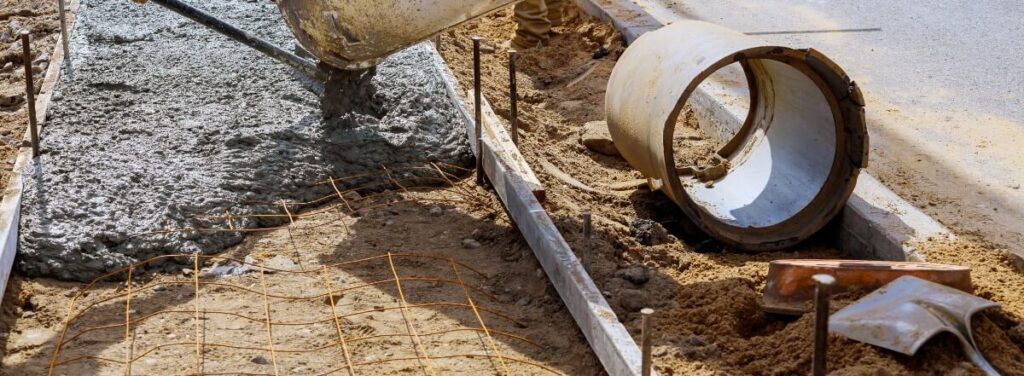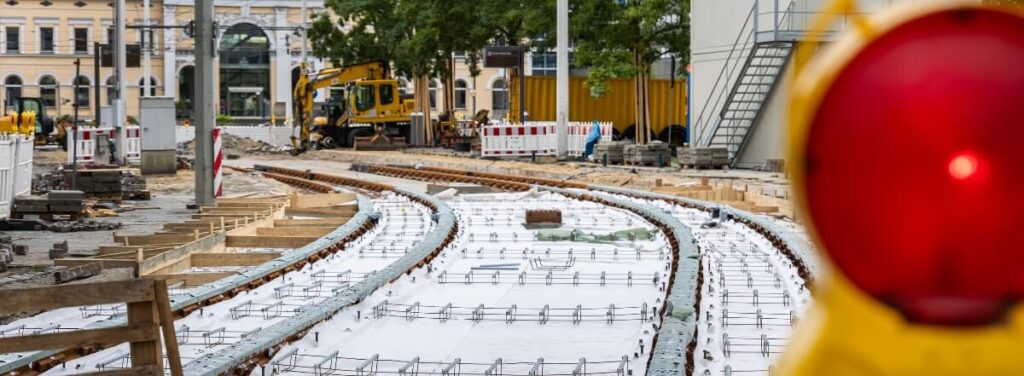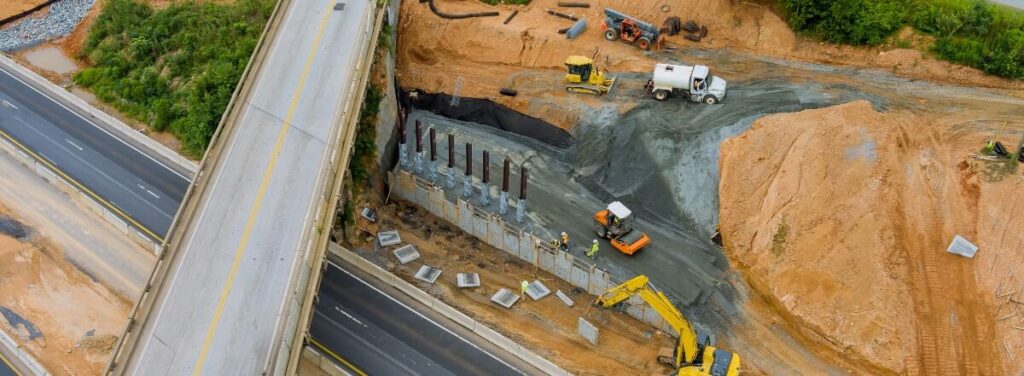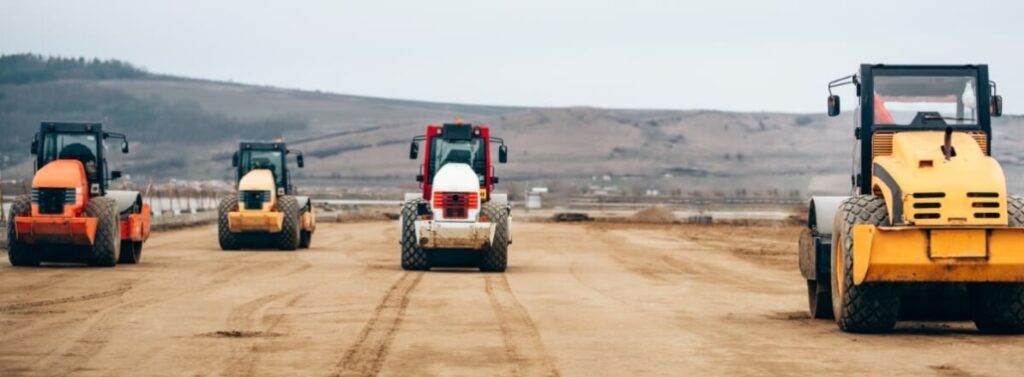L'utilisation des barres d'armature en plastique renforcé de fibres de verre (PRFV) dans la construction routière est en plein essor, avec des avancées prometteuses à l'horizon. Des entreprises comme Composite-Tech Continuer à innover et à repousser les limites, l'avenir des composites FRP dans la construction routière semble prometteur, influencé par les avancées technologiques et soutenu par l'évolution des politiques et des réglementations.
Contenu

Progrès technologiques des barres d'armature en PRFV
Le domaine des matériaux composites est propice à l’innovation, la recherche et le développement conduisant continuellement à des percées dans les propriétés des matériaux, procédés de fabrication, et les méthodes d'application.
Innovation matérielle
Les avancées futures pourraient permettre l'apparition de nouvelles formulations de composites FRP aux propriétés améliorées, telles qu'une résistance accrue, une flexibilité accrue ou une meilleure résistance aux températures extrêmes. Le développement de composites intelligents, équipés de capteurs pour surveiller l'état des infrastructures routières en temps réel, pourrait révolutionner les stratégies de maintenance et de réparation.
Procédés de fabrication
Les progrès des technologies de fabrication, comme l'impression 3D, pourraient rationaliser la production de matériaux FRP, permettant ainsi la création de composants plus complexes, personnalisés et économiques. Cela ouvrirait de nouvelles perspectives en matière de conception et de construction routières, permettant la création de structures jusqu'alors irréalisables.
Méthodes d'application
Les nouvelles techniques d’installation et d’intégration des composites FRP dans la construction routière devraient simplifier davantage les processus de construction, réduire les délais des projets et améliorer la qualité globale de l’infrastructure.

Politique et réglementation
L'adoption et l'utilisation généralisée de matériaux innovants comme les composites PRFV dans la construction routière sont fortement influencées par les cadres politiques et réglementaires. Ces cadres jouent un rôle crucial pour garantir la sécurité, la fiabilité et la durabilité des pratiques de construction.
Encourager l'innovation
Les gouvernements et les organismes de réglementation peuvent favoriser l'innovation en finançant la recherche et le développement dans le domaine des matériaux composites. En soutenant des projets pilotes et des partenariats public-privé, ils peuvent faciliter les tests et le perfectionnement en conditions réelles des nouvelles technologies.

Établissement de normes et de lignes directrices
Établir des normes et des lignes directrices claires pour l’utilisation des barres d'armature en PRFV La qualité est essentielle dans la construction routière. Ces normes garantissent que les matériaux et les méthodes utilisés répondent aux critères de performance et de sécurité, inspirant ainsi confiance aux parties prenantes et accélérant l'adoption de nouvelles technologies.
Encourager l'adoption
Les politiques qui encouragent l’adoption de matériaux de construction durables et innovants peuvent accélérer la transition des pratiques traditionnelles vers des pratiques plus avancées. solutions écologiquesLes incitations pourraient inclure des allégements fiscaux, des subventions ou des politiques d’approvisionnement préférentielles pour les projets qui utilisent des barres d’armature en PRF.

L'avenir du PRFV dans la construction routière
En conclusion, les perspectives d'avenir des matériaux composites dans la construction routière sont intrinsèquement liées aux avancées technologiques et aux cadres politiques et réglementaires favorables. À mesure que le secteur continue d'innover et que les gouvernements reconnaissent les avantages à long terme de ces matériaux, les composites PRF sont appelés à jouer un rôle de plus en plus crucial dans la construction d'infrastructures routières durables et rentables. Des entreprises comme Composite-Tech, fortes de leur engagement en faveur de l'innovation et du développement durable, sont bien placées pour mener cette transformation et marquer une nouvelle ère dans le secteur de la construction.

